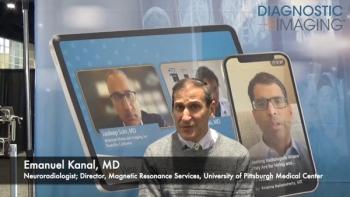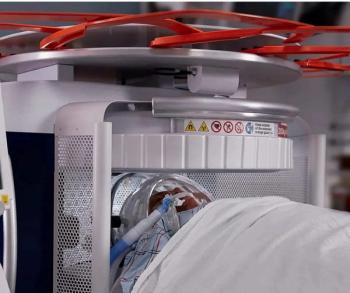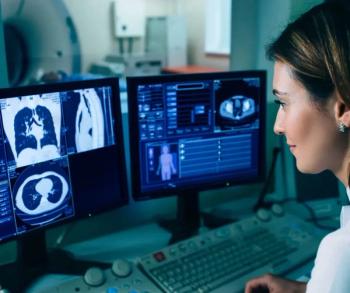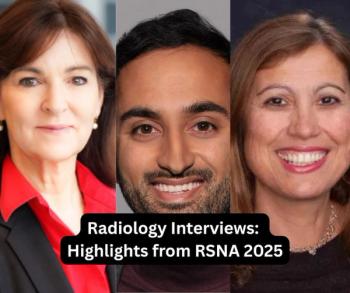
Digital Breast Tomosynthesis Shows Promise in Community Setting
The impact of digital breast tomosynthesis on screening performance and screen-detected cancers appears to generalize beyond trials and academic centers to the community setting.
Digital breast tomosynthesis screening is associated with increased detection of invasive breast cancer and younger age at time of cancer diagnosis compared with digital mammography, according to a study recently published in the
The retrospective study also found that invasive cancers detected with digital breast tomosynthesis were of similar histologic and molecular subtype as those detected by digital
“Our study was performed in a community setting,” Shruthi Ram, M.D., of The Warren Alpert Medical School of Brown University in Rhode Island, told Diagnostic Imaging. “Thus, current insights into the impact of digital breast tomosynthesis on screening performance and screen-detected cancers appear to generalize beyond trials and academic centers to the community setting.”
Data were retrospectively retrieved for all screening mammograms performed by digital breast tomosynthesis and digital mammography at four outpatient private practice facilities from Jan. 1, 2012 to July 10, 2019. Examinations were interpreted by one of 26 radiologists and further detailed information was recorded for all screen-detected cancers from radiology and pathology reports.
A total of 310 cancers were detected from 47,096 screening digital breast tomosynthesis examinations and 83,200 screening digital mammography examinations. Digital breast tomosynthesis, compared with digital mammography, had a higher cancer detection rate (3.4 vs 1.8 per 1000 screenings; P <.001).
The mean age of cancer detection was three years younger for digital breast tomosynthesis than digital mammography (61 vs 64 years; P =.02) and a higher percentage of cancers were detected in patients aged 40-49 for digital breast tomosynthesis. Meanwhile, cancers detected with digital breast tomosynthesis, compared with digital mammography, were more often invasive (85.1% vs 72.5%; P =.006), grade 1 (27.9% vs 17.8%; P =.04) and node negative (92.2% vs 78.4%; P =.02).
“While our digital breast tomosynthesis recall rate was initially higher than digital mammography, this improved with subsequent rounds of screening,” Ram said
“Digital breast tomosynthesis utilization for screening has been increasing in the U.S.,” she said, adding that “while further studies with detailed analyses of cost to benefit ratio of digital breast tomosynthesis screening are needed, the findings from our study show promise for potentially justifying the widespread use of digital breast tomosynthesis in the community.”
Further studies are also needed on the effect of digital breast tomosynthesis on interval cancer rate and breast cancer mortality outcomes, Ram added.
Newsletter
Stay at the forefront of radiology with the Diagnostic Imaging newsletter, delivering the latest news, clinical insights, and imaging advancements for today’s radiologists.




























